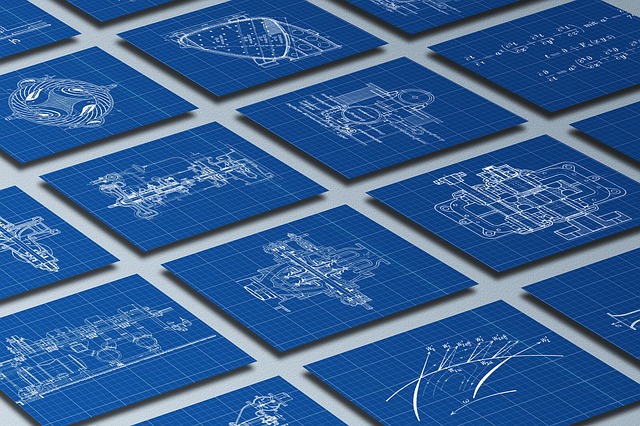As engineering and construction projects become more complex and involve multiple stakeholders, effective collaboration and coordination among design teams become crucial. In today’s digital age, relying solely on manual processes and traditional file-sharing methods can lead to inefficiencies, errors, and delays. This is where software solutions come into play, providing a streamlined approach to working with design teams and ensuring smooth project management. In this article, we will explore the need for software in working with design teams and the key features that are essential for effective collaboration.

One of the primary requirements for design teams is the ability to manage and control access to project documents, including drawings. Traditional methods, such as email attachments or shared network folders, can quickly become chaotic and result in version control issues. Software-based drawing registers, on the other hand, provide a centralised repository for storing and managing drawings, ensuring that team members have access to the latest and most up-to-date information.
Security is another critical consideration when working with design teams. Drawing registers may contain sensitive information that needs to be protected from unauthorised access. Software solutions offer various security features, such as user authentication, role-based access control, and encryption, to ensure that only authorised users can access the drawings and other project documents.
Concurrent access is a common requirement in design teams where multiple team members may need to work on the same drawing simultaneously. Traditional file-sharing methods may not support concurrent access, leading to conflicts and delays. However, software-based drawing registers typically offer concurrent access capabilities, allowing multiple users to work on the same drawing simultaneously, without overwriting each other’s changes.
Remote access is another important consideration for design teams that may be spread across different locations or working remotely. Software-based drawing registers can be accessed from anywhere with an internet connection, enabling team members to collaborate seamlessly, regardless of their physical location. This is particularly relevant in today’s globalised and distributed work environments.
Backups and data protection are crucial aspects of any design control process. Drawing registers may contain critical project data that needs to be backed up regularly to prevent data loss due to hardware failures or other unforeseen events. Software solutions typically offer automated backup features, ensuring that project data is protected and can be restored in case of any data loss.
An audit trail is essential in design teams to track changes made to drawings and maintain accountability. Manual methods of tracking changes can be time-consuming and prone to errors. However, software-based drawing registers usually have built-in audit trail features that automatically capture and log changes made to drawings, providing a comprehensive history of all modifications.
Finally, effective storage and distribution of drawing files are essential for seamless collaboration among design teams. Software solutions often offer features such as version control, file organisation, and automated transmittals, making it easy to store, manage, and distribute drawing files to team members or stakeholders.

Working with design teams requires efficient and secure management of drawings, and relying solely on traditional methods may not be adequate in today’s fast-paced project environments. Software-based drawing registers provide a robust solution for managing drawings, facilitating collaboration, ensuring security, and enabling remote access. With features such as concurrent access, backups, audit trails, and automated file distribution, software solutions are a valuable asset for design teams to streamline their design control processes and enhance project efficiency.